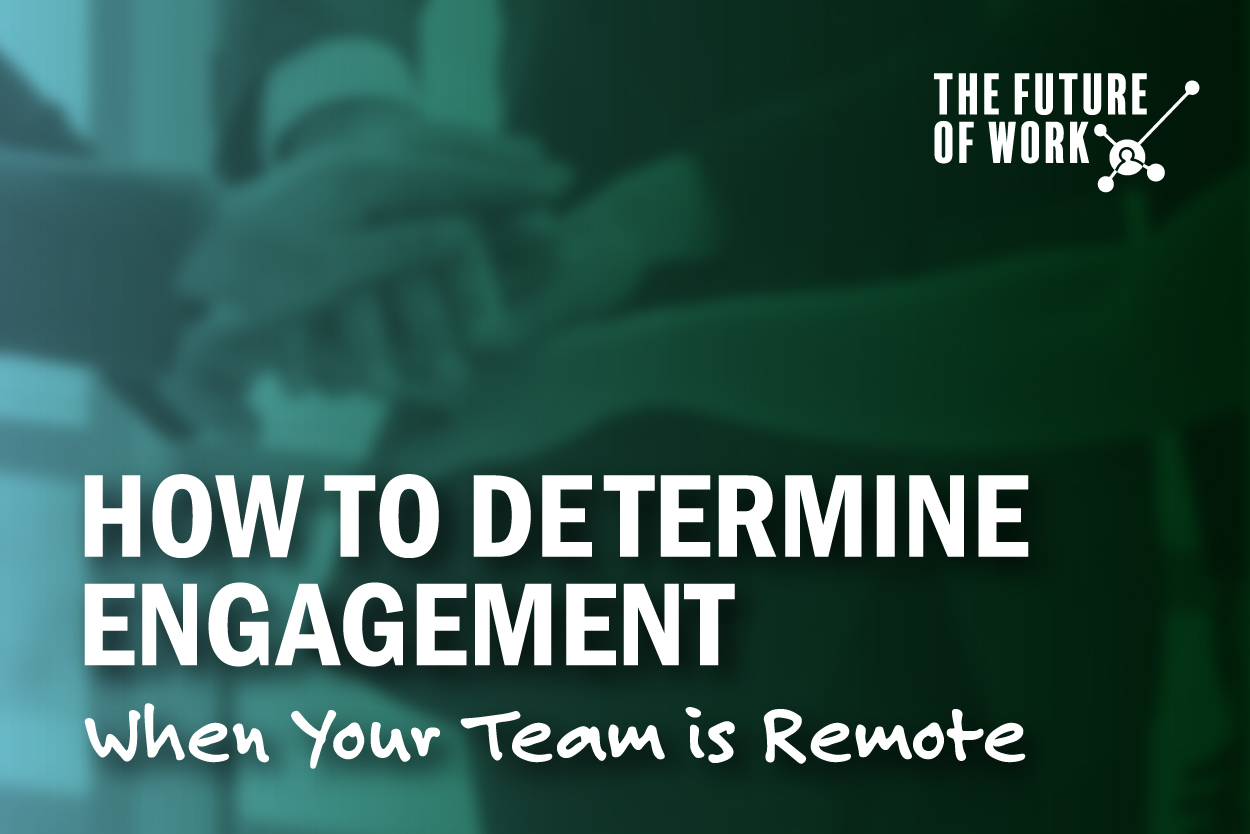by Kevin Eikenberry
Of all the things a new or frontline leader must think about and attend to, employee engagement might not be at the top of this list. We could talk about why it is important, but suffice it to say, it needs to be on our radar. While getting a handle on that might have seemed hard in the past, now that you may not be able to even see your people at work, (or if they are working or not) you might think it is impossible to determine employee engagement. Good news – it is possible to determine employee engagement, and you don’t have to wait for the next survey to gauge it.
What is Employee Engagement?
There are books that try to tell you about employee engagement, that talk about what you need to do to build and support it. They are worth reading. But let’s be clear about what employee engagement is:
People are engaged at work (or anything) when they care. Specifically, what do they care about?
- The work (or output of the activity)
- The quality, timeliness and more about that output because they are proud of it
- The people they are doing the activity with
- The purpose of the activity – the meaning they find in it
And when they care, they are willing to volunteer, or do a bit extra, to go above and beyond. Maybe not in every moment, but certainly when it is really needed. When we are engaged we raise our hands and provide discretionary effort – above the basic job responsibilities.
Employee engagement therefore is a choice people make – and our job as a leader is to help people make the choice to engage. In practical terms, that means we provide an environment where it is easier for them to make that choice.
How to “See” It
Once we are clear on what the definition is, I think it is pretty easy to see how you can see it – and to know that it doesn’t require physical presence to determine it.
Here is a short list of ways you will notice if people have chosen to engage or not:
- Are people volunteering to help you or others?
- Do people provide to support to others?
- Is the overall quality of work high?
- What is the level of commitment to the work and work product?
- Do people invest in learning and getting better?
- What is the energy and intention people bring to their tasks?
- How do people show up in meetings (even virtual ones)? Do they participate, share, and encourage?
That is a good starting point. My hope is that this article gives you hope and a realization that you can have a sense of employee engagement. And not just a concept or idea, but a real specific look at how engaged your people are – even if you aren’t in the same physical location.
Want Help Navigating all the Future of Work issues?
Employee engagement is certainly worth thinking about in a remote or hybrid environment, but far from the only thing you need to be thinking about and acting on.
If you are looking for more tips on how to lead in the future of work, join us for our free Livecast on September 30th, where we will unpack the latest thinking and strategies and help you navigate the future of work with more confidence and success. When you register you can also join the weekly Future of Work Newsletter. Doing both is one of the best things you can do to become a successful leader I the new world of work.


0 comments